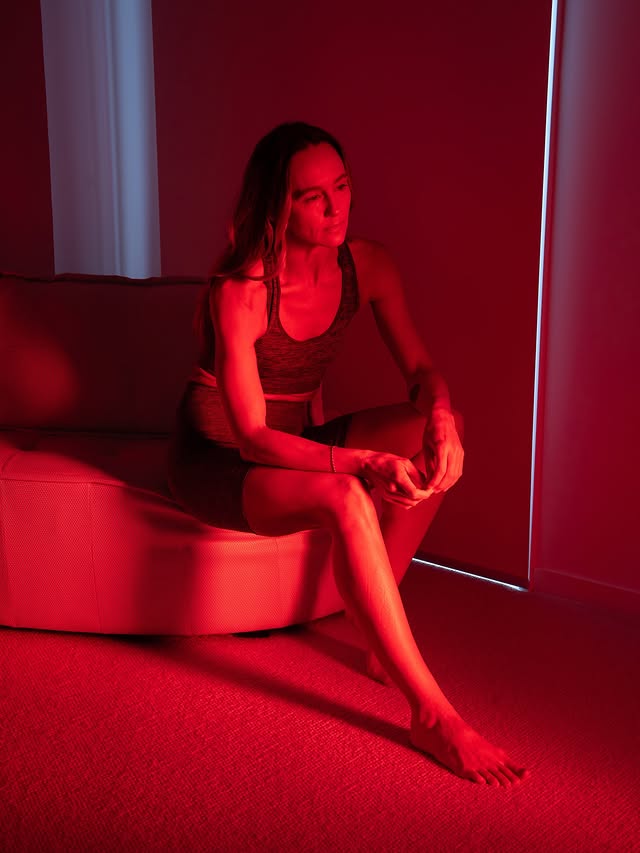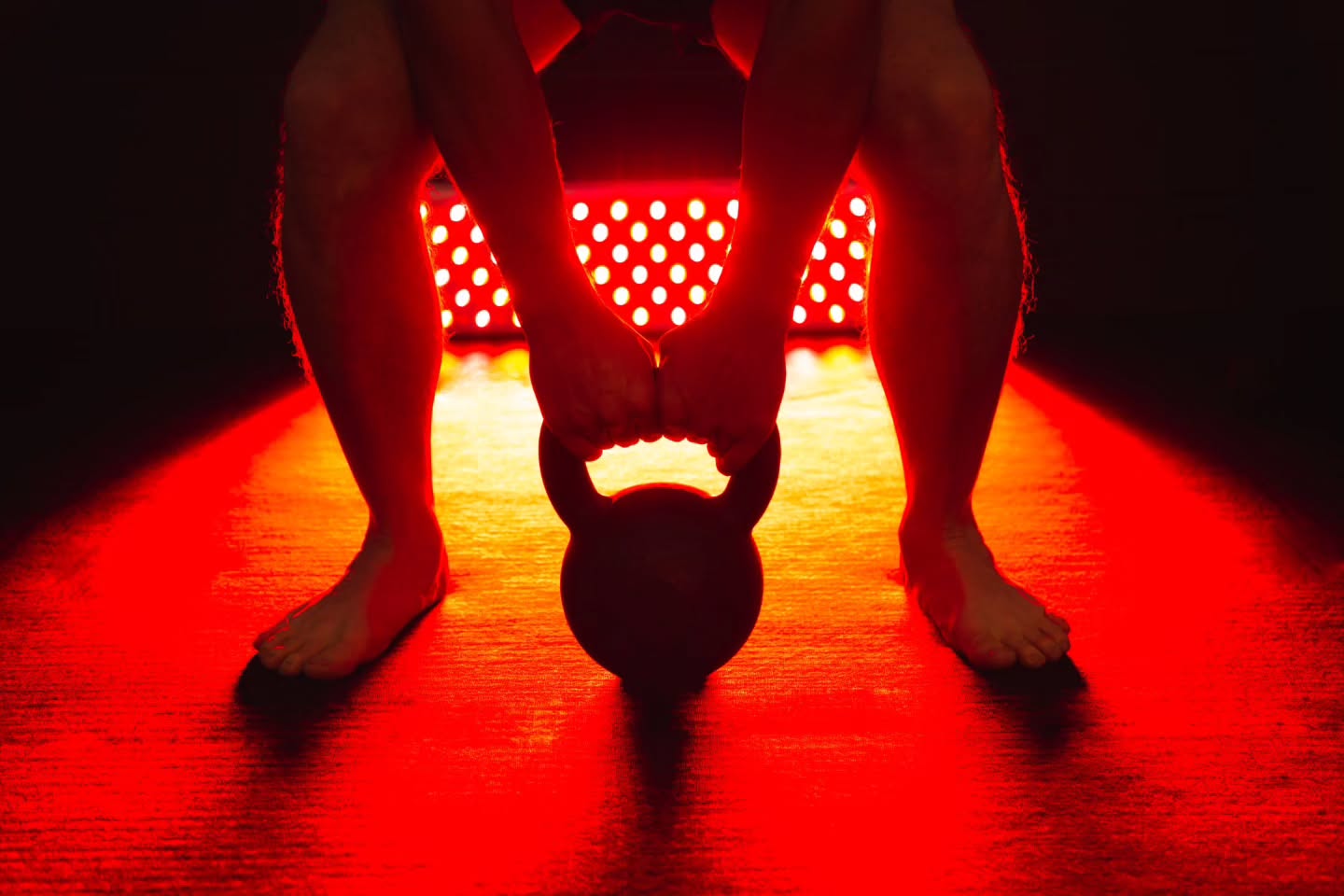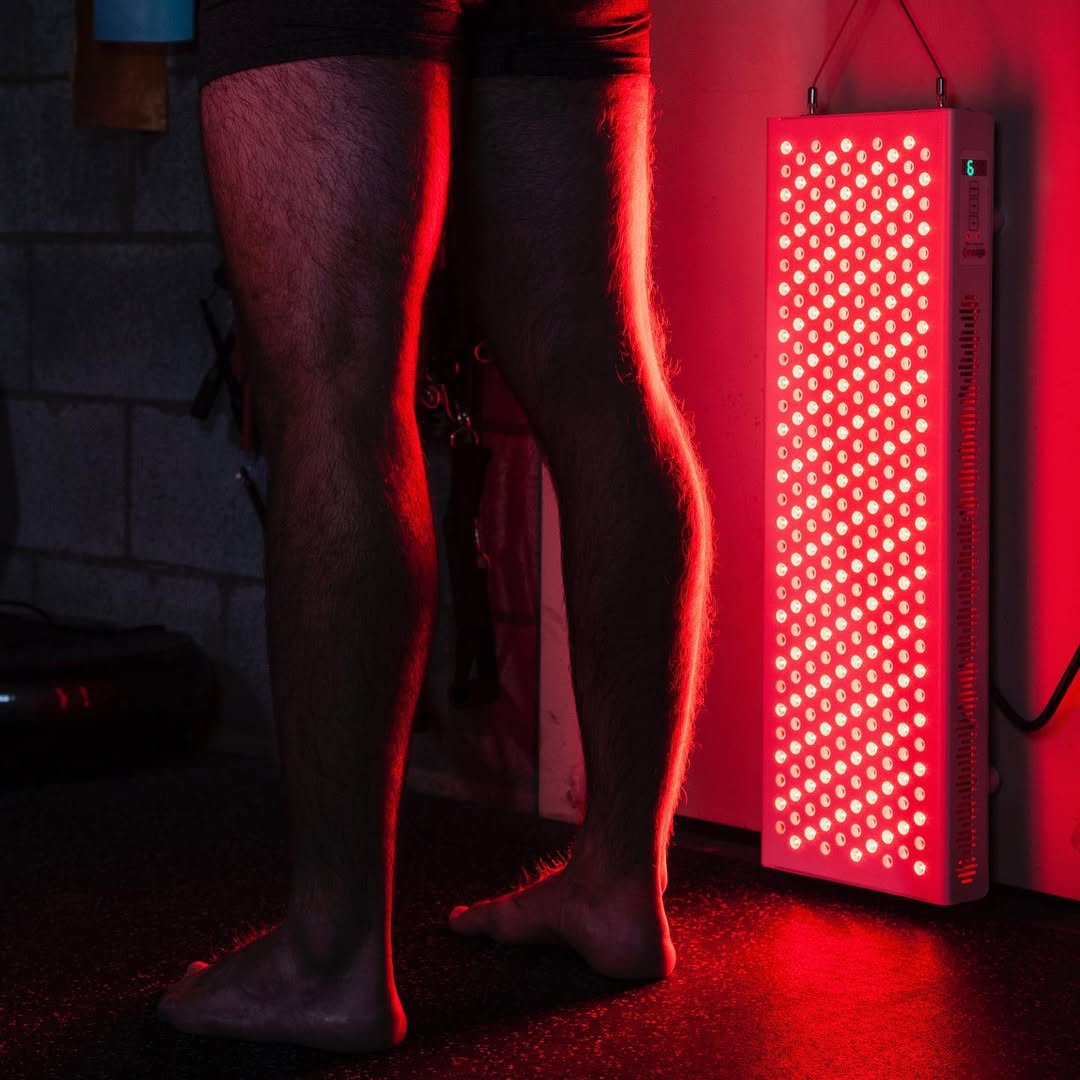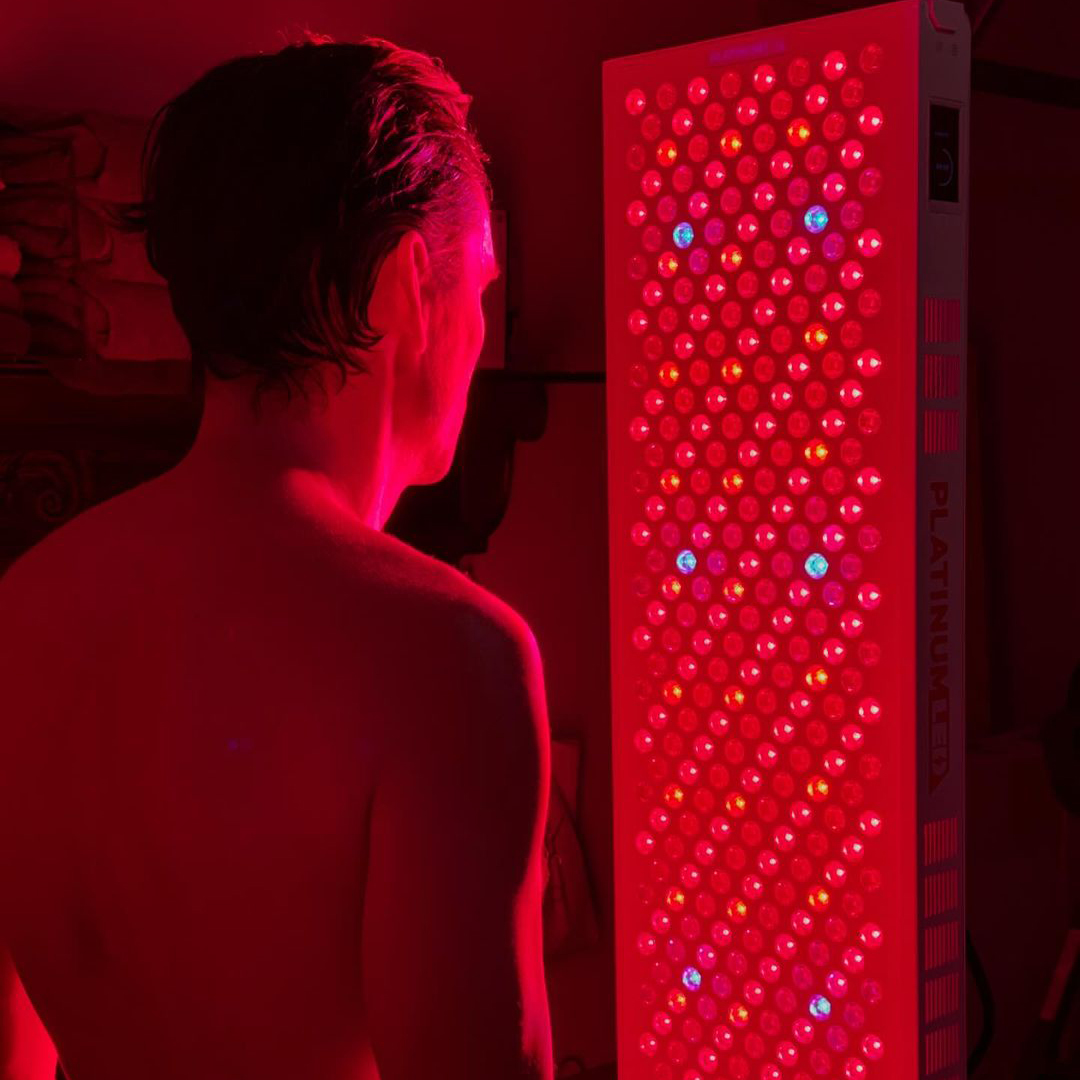![]() Free Shipping
Free Shipping ![]() Buy Now, Pay Later
Buy Now, Pay Later ![]() Eligible
Eligible
Red Light Therapy for Peyronie’s Disease: A Comprehensive Guide

Peyronie’s Disease (PD) is a condition characterized by the development of fibrous scar tissue, or plaque, within the penis, leading to pain, curvature, and often, erectile dysfunction. For many men, the search for an effective, non-invasive treatment can be frustrating. Recently, red light therapy (RLT), also known as photobiomodulation (PBM), has emerged as a promising option to manage symptoms and improve penile health. This article delves into the science, benefits, and practical application of RLT for Peyronie’s Disease.
What is Peyronie’s Disease?
Before exploring the treatment, it’s crucial to understand the condition itself. Peyronie’s Disease occurs when scar tissue, or plaque, forms in the tunica albuginea—the elastic tissue sheath surrounding the erectile chambers. This plaque is less flexible than healthy tissue, causing the penis to bend or indent during an erection.
Common Symptoms Include:
- A noticeable curve or bend in the penis.
- Painful erections.
- Palpable hard lumps or bands of scar tissue.
- Erectile dysfunction (ED).
- Shortening of the penis.
What is Red Light Therapy (Photobiomodulation)?
Red Light Therapy is a non-invasive treatment that uses specific wavelengths of red and near-infrared (NIR) light to penetrate the skin and stimulate cellular processes. Unlike UV light, which can damage skin, RLT uses low-energy light to energize cells.
Dr. Michael Hamblin, a leading photomedicine researcher from Harvard Medical School, explains: “The primary chromophores (light-absorbing molecules) are thought to be mitochondrial cytochrome c oxidase. When light is absorbed, it leads to increased ATP (adenosine triphosphate) production, a brief burst of reactive oxygen species, and an increase in intracellular signaling.”
In simpler terms: RLT gives your cells more energy to heal and function better.
The Science: How Can Red Light Help Peyronie’s Disease?
The potential benefits of RLT for Peyronie’s Disease are rooted in its biological effects on tissue. The proposed mechanisms of action include:
1. Reducing Inflammation
The acute phase of PD is often inflammatory. RLT has been shown in numerous studies to significantly reduce markers of inflammation, potentially calming the initial disease process.
2. Breaking Down Fibrotic Tissue
The core issue in PD is fibrosis (scarring). Research suggests that specific light wavelengths can help modulate the activity of fibroblasts, the cells responsible for creating collagen. RLT may encourage these cells to break down excess collagen instead of producing it, helping to soften and reduce the plaque.
3. Stimulating Blood Flow and Healing
RLT promotes the release of nitric oxide, a molecule essential for vasodilation (widening of blood vessels). This improves blood circulation, delivering more oxygen and nutrients to the damaged tissue, which is critical for healing and overall penile health.
4. Enhancing Collagen Remodeling
Healthy tissue requires flexible, organized collagen. The plaque in PD is made of disorganized, rigid collagen. RLT is believed to support the natural process of collagen remodeling, helping to replace stiff scar tissue with more pliable, functional tissue.
Red Light Therapy vs. Other Peyronie’s Disease Treatments
It’s important to see RLT as one tool in a comprehensive management plan. Here’s how it compares to other common approaches:
| Treatment Modality | How It Works | Pros | Cons |
|---|---|---|---|
| Red Light Therapy | Uses light to stimulate cellular repair and reduce fibrosis. | Non-invasive, minimal side effects, can be used at home, addresses inflammation and fibrosis. | Requires consistency, not a “quick fix,” research is still emerging. |
| Oral Medications | (e.g., Pentoxifylline, Potaba) Aim to reduce plaque size. | Non-invasive, easy to administer. | Limited evidence of efficacy, potential side effects. |
| Traction Devices | Apply gentle, constant tension to stretch the plaque. | Can straighten the penis and prevent shortening. | Requires significant time commitment, can be uncomfortable. |
| Injections | (e.g., Xiaflex, Verapamil) Enzymatically breaks down collagen or interferes with its production. | Directly targets the plaque, FDA-approved (Xiaflex). | Can be painful, risk of serious side effects (penile fracture), requires a skilled clinician. |
| Surgery | Physically corrects curvature or places a prosthesis. | Most definitive correction for severe cases. | Invasive, permanent, risk of complications and loss of sensation. |
A Clinical Perspective: “While we need more large-scale trials, the preliminary data on photobiomodulation is compelling. It offers a low-risk way to potentially modify the disease process, especially when combined with traction therapy in the stable phase.” – (Hypothetical quote from a Urologist specializing in Men’s Health).
VELLGUS Elite V2
THE #1 RATED RED LIGHT DEVICE
VELLGUS pro V2 + flex stand
THE #1 RATED FULL BODY RED LIGHT DEVICE
Using Red Light Therapy for Peyronie’s: A Practical Protocol
If you and your doctor decide to explore RLT, consistency is key.
- Consult Your Urologist: Always speak with a healthcare professional before starting any new treatment to ensure it’s appropriate for your specific condition.
- Choose a Device: Select a high-quality, medical-grade device that emits red (630-660nm) and/or near-infrared (810-850nm) light. Panel-style devices are often recommended for broader coverage.
- Treatment Protocol:
- Frequency: Most studies and clinical experiences suggest daily or near-daily use, especially in the beginning.
- Session Length: Typically 10-20 minutes per session.
- Distance: Position the device 6-12 inches from the skin, as per manufacturer instructions.
- Course of Treatment: Benefits may be noticed within a few weeks to months, but a full course often takes 3-6 months of consistent use.
Realistic Expectations and Potential Risks
RLT is not a miracle cure. It is a therapeutic process.
- Expected Outcomes: Users often report a reduction in pain, softening of the plaque, slight improvement in curvature, and enhanced erectile quality. Significant straightening may require combination therapy (e.g., with a traction device).
- Safety Profile: RLT is considered very safe. The primary risk is from misuse—overuse could potentially cause mild skin irritation or redness, but serious side effects are extremely rare.
Red Light Therapy represents a promising, safe, and non-invasive frontier in the management of Peyronie’s Disease. By targeting the underlying issues of inflammation and fibrosis at a cellular level, it offers hope for reducing symptoms and improving quality of life. While it may not replace more aggressive treatments in severe cases, it serves as an excellent complementary therapy or a first-line option for those seeking a conservative approach.
The future of PD management lies in combination therapies, and RLT is poised to be a key component. As always, an informed discussion with your urologist is the essential first step on your healing journey.








